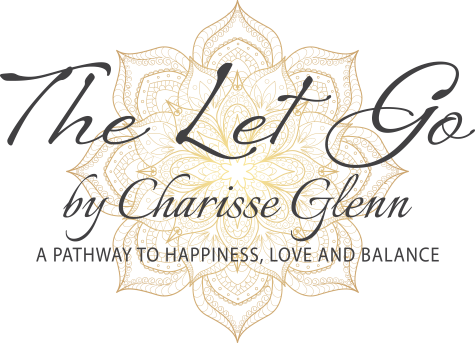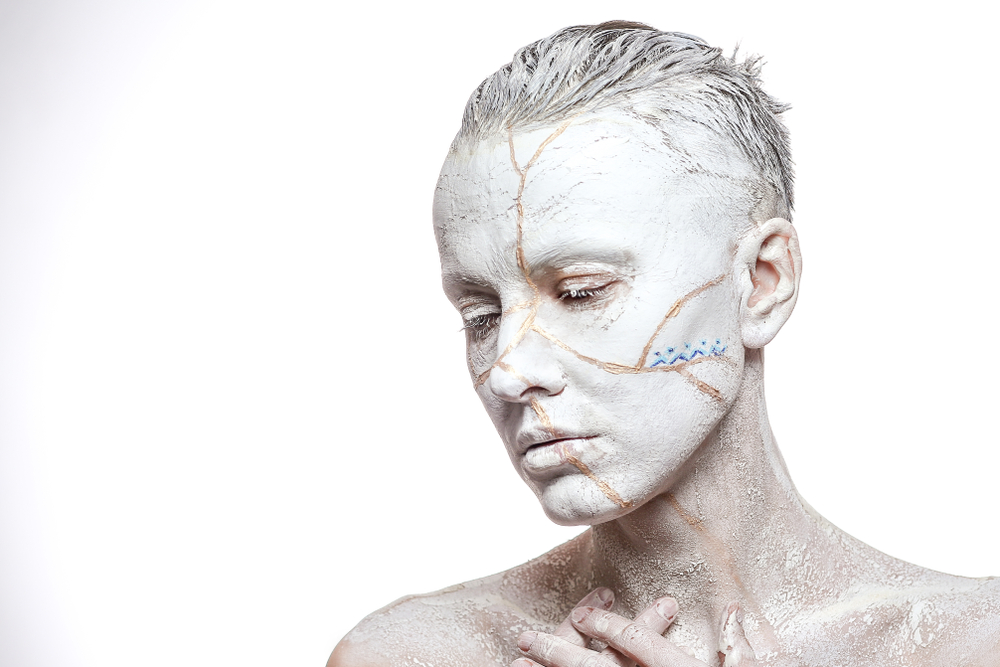Arriving at midlife, we have all experienced physiological changes. Our skin becomes less elastic, our muscles begin to atrophy, and the evidence of our years is worn on our faces. The changes are imperceptible at first, a gradual fading until one day we look in the mirror, and the youth that we feel inside is not reflected back. When this occurs, do we accept the transformation or do we challenge the preconceived ideas and prevailing standards of what it means to age?
Youth-Centric Standards of Beauty
Our youth-centric society comes with a scorecard, rating our standard of beauty: the fewer the flaws, the higher we measure. Perhaps this is one reason why so many of our generation hesitate to let their silver shine. But now, with a shift in attitude, they have the confidence to headline the pro-aging movement.
So, the question is, “ Is age a flaw?”
The beautiful lines of a midcentury modern home are no less exquisite having withstood time, so as we age, can we not also be human examples, who have weathered the storms of life?
“It is the age that creates the character”
It is the age that creates the character of a centuries-old farmhouse table or the worn stones of ancient ruins, both instilling timeless beauty.
Perhaps because we live in a society that has planned obsolescence in its manufacturing designs and a bigger, better, more, mentality of consumerism, it is common to think, if something gets old or breaks, it has lost its’ value. If it’s too hard to fix, get a new one.
If we are unable to get a new one, does that make the object that we repair less then perfect? Does it feel less worthy once there is a scrape or dent in it?
Golden Repair
There is a Japanese technique called kintsugi; it means golden repair. When an item of pottery has broken, it is not thrown away nor deemed useless. Instead, it is repaired by highlighting the break, bringing attention to it.
The broken pottery pieces are bound together with gold or silver dusted lacquer. The lacquer is then poured into the crack or used to adhere, the fractured pieces together. The essence of the gold or silver fortifies and strengthens the broken item and transforms it.
The same object now becomes a more refined version of what it once was. The golden cracks add value, beauty, and strength, amplifying the uniqueness of each piece.
The golden repair carries a beautiful message. It proposes we should not toss away an object because it is flawed.
Pride in a New Phase
Now moving into a new phase, we have earned the right to display our age proudly. Our creases and wrinkles may not be filled with golden lacquer, yet they contain something of higher value; wisdom.
It is time to readjust how we judge the external. By taking our lead from the golden repair, we can find beauty, value, and strength in our own perceived flaws. It only requires a shift in our self-perceptions.
To become who we are meant to be means to let go of who we once were. Nothing in nature stands still; why do we insist we do? We must walk in the skin of who we are, or we will always be looking for ways to prove our worthiness.
Our lifelong experiences hold wisdom. In essence, maturity is a gift given to us, and with it, the need for others to define us ceases to exist.
Stand tall with knowing we are perfect at every age, for every age, has its perfection.




